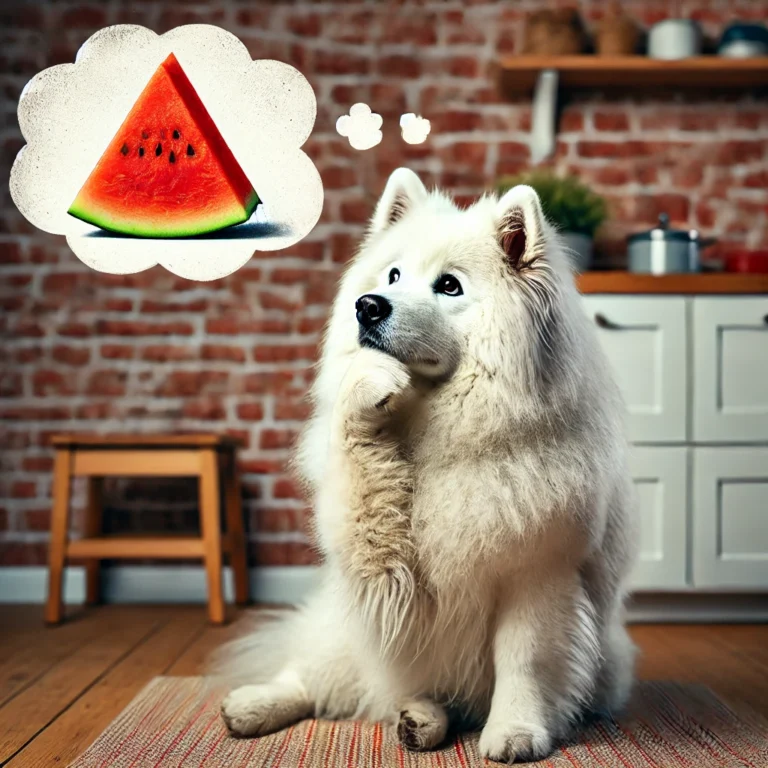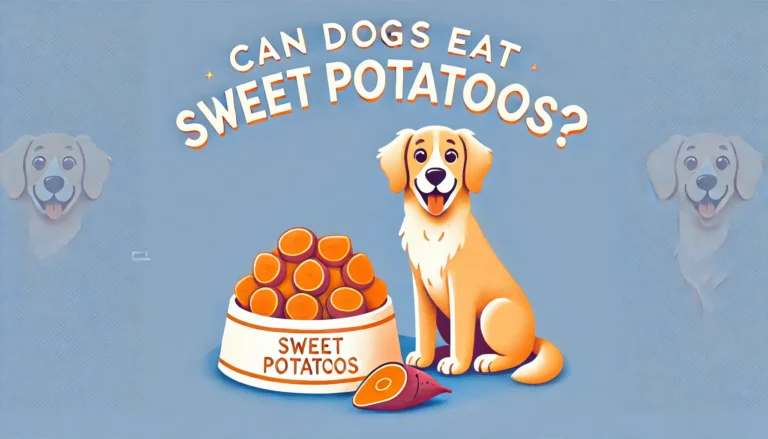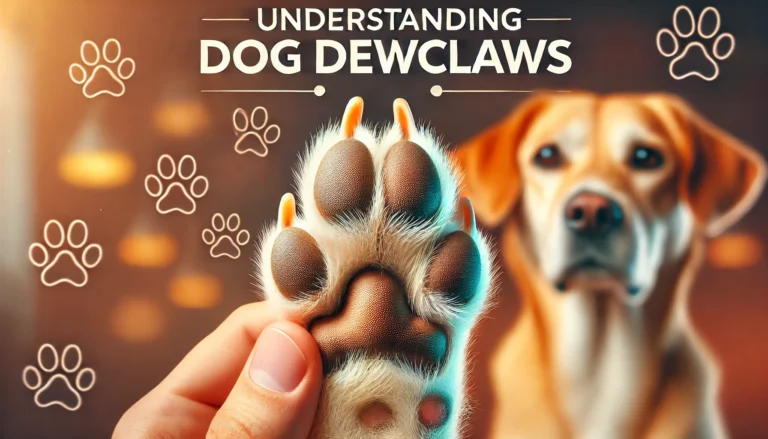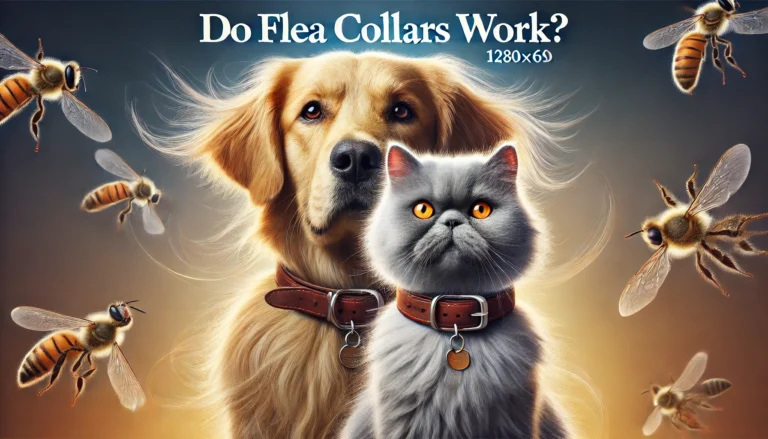Why Do Dogs Roll in the Grass?
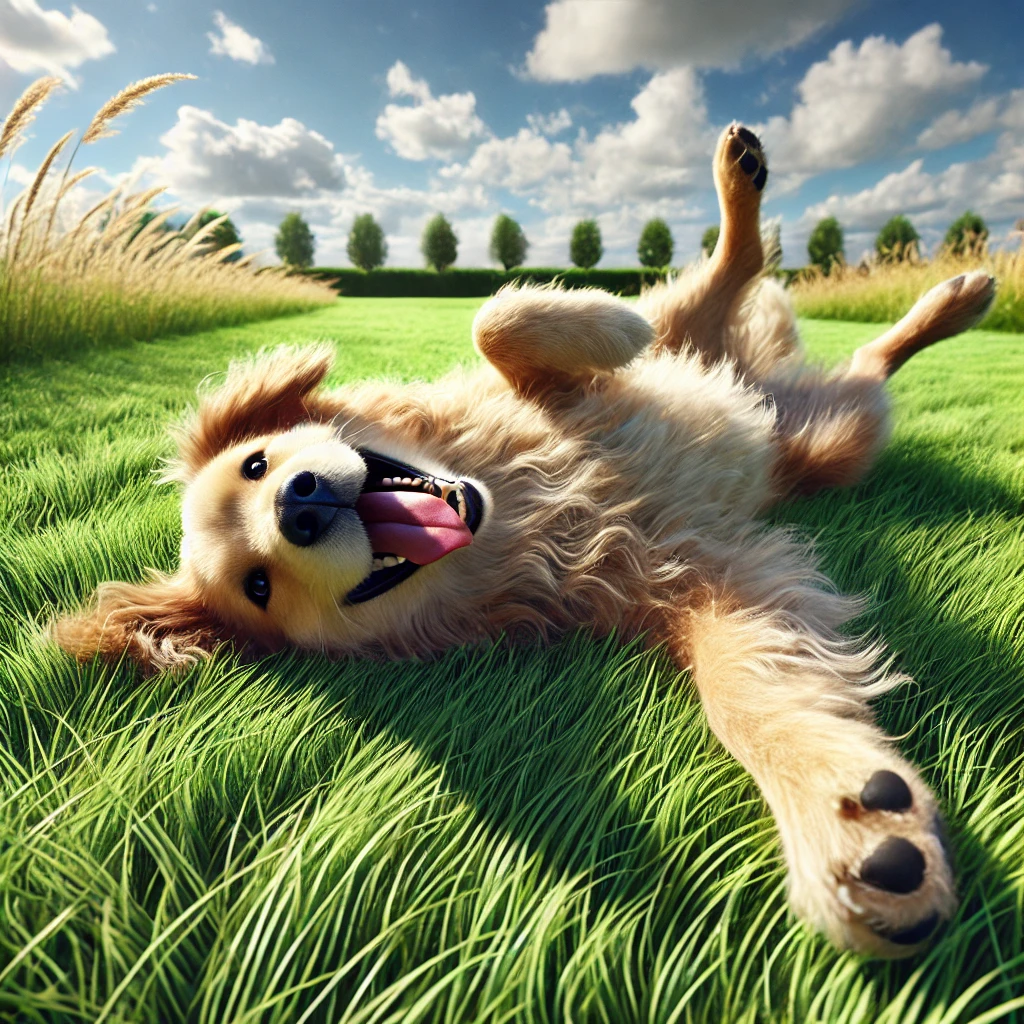
Why Do Dogs Roll in the Grass?The Answer is!Dogs roll in the grass primarily to mark their territory by leaving their scent on the grass through their scent glands.Dogs have a natural instinct to express themselves through different behaviors. Rolling in the grass is just one of many ways dogs communicate and react to their environment. To better understand this behavior, we need to look at it from various angles, considering both biological instincts and learned behavior.
What’s Going On When Dogs Roll in the Grass?
At first glance, it might seem like your dog is just having a bit of fun, but there’s more to it than that. Let’s dive into the primary reasons dogs roll in the grass and how this action benefits them.
- Scent Marking and Communication Dogs have an extraordinary sense of smell, far more acute than humans. When a dog rolls in the grass, they might be trying to pick up scents or mark a territory. Many dogs have scent glands located in their cheeks, paws, and even their ears, which they use to communicate with other dogs or animals. The act of rolling in the grass could be their way of spreading their scent to mark their territory or leave their scent for other dogs to detect.
- Instinctual Behavior Dogs have inherited certain behaviors from their wild ancestors. Rolling in grass or other surfaces might be linked to a wolf’s instinct to camouflage themselves by rolling in scents that are found in their environment. This could have helped wild dogs avoid predators or enhance their ability to hunt by masking their own scent.
- Playful Behavior Rolling in the grass is often a sign of playfulness. Many dogs, especially young puppies, are inclined to roll on their backs as part of their play behavior. It’s often an invitation to engage with their owner or other dogs. You may notice that when your dog rolls in the grass, it’s often accompanied by other playful signals like tail wagging, jumping, or a playful bark.
Why Do Dogs Enjoy Rolling in the Grass?
Now that we’ve covered the reasons behind the behavior, let’s look at why rolling in the grass might actually be enjoyable for your dog. This behavior could be influenced by a combination of physical, psychological, and emotional factors.
1. Physical Comfort and Sensory Stimulation
Grass is soft, cool, and often provides a variety of textures, which can be highly pleasurable for a dog. Dogs have sensitive skin, and rolling on the grass can provide tactile stimulation. The sensation of the grass under their body might feel soothing or satisfying, especially on a hot day when they’re seeking a cool spot.
2. An Emotional Outlet
Dogs roll in the grass, like humans, have emotions, and rolling in the grass could be a form of self-soothing or a way to release pent-up energy. It’s a way for them to release excitement, frustration, or even joy. The action itself could trigger the release of endorphins, contributing to a sense of happiness or contentment.
3. Bonding with Their Environment
Dogs roll in the grass are highly connected to their environment. By rolling in the grass, a dog might be forming a deeper connection to the space around them. It’s a way of interacting with the world, soaking in new scents, and familiarizing themselves with their surroundings. The act of rolling could be a sensory exploration that helps them feel more secure in their territory.
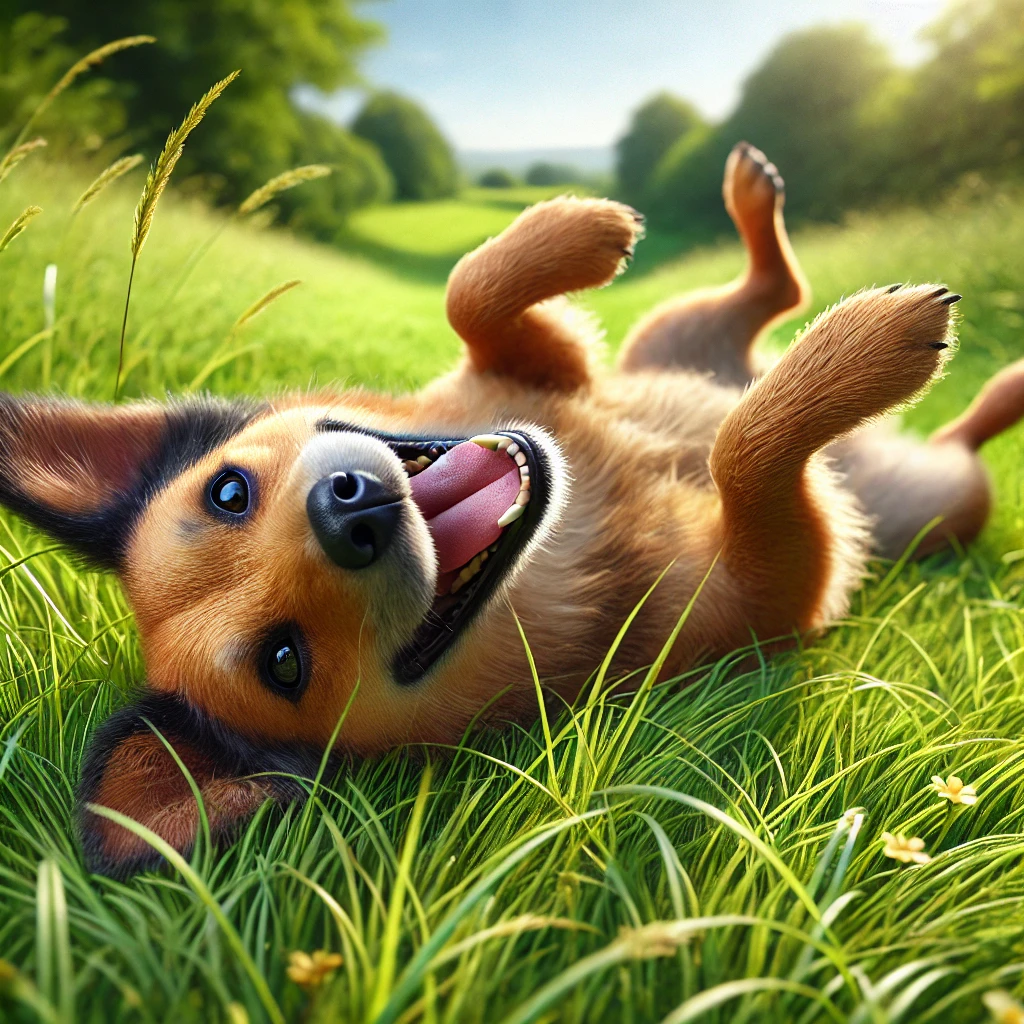
The Benefits of Rolling in the Grass for Dogs
While rolling in the grass might seem like just an idle pastime, it actually offers some physical and mental benefits for your dog. Understanding these advantages can help you appreciate the behavior more.
1. Physical Benefits: Stretching and Flexibility
Rolling on the grass can help dogs stretch their muscles and maintain flexibility. Just like a human stretching their body after a long day, dogs perform similar actions to keep their joints and muscles in good condition. Rolling allows them to stretch out their limbs, twist their spine, and engage muscles that might not get activated during regular walking or running.
2. Cooling Off
On hot days, rolling in the grass can help dogs cool down. Grass tends to stay cooler than other surfaces, providing a relief from the heat. In this sense, rolling is a natural response to body temperature regulation.
3. A Natural Grooming Habit
In addition to the physical benefits, rolling in grass can be a part of a dog’s grooming behavior. Just as dogs lick themselves or scratch to remove dirt or excess hair, rolling in the grass may serve a similar purpose. The grass can help dislodge loose fur, dirt, or debris from the dog’s coat, contributing to cleanliness.
4. Mental Stimulation
The act of rolling in the grass engages a dog’s mental faculties. They’re not only processing the physical sensation of rolling but also taking in the new smells, sounds, and sights around them. This sensory stimulation can help keep their mind sharp and engaged, reducing boredom or anxiety.
Is It Safe for Dogs roll in the grass?
While rolling in the grass is usually harmless, there are some factors to consider when allowing your dog to indulge in this behavior. Here are a few things to keep in mind.
1. Allergies and Pollen Exposure
If your Dogs roll in the grass has a sensitivity to grass or pollen, rolling in the grass could exacerbate their allergies. Common symptoms of allergies in dogs include itching, excessive licking, or watery eyes. If you notice any of these signs, it may be worth avoiding areas with heavy grass or pollen.
2. Pests and Ticks
Grass can harbor pests such as fleas, ticks, or other parasites. If your dog rolls in tall or unkempt grass, there’s a chance they might pick up ticks or fleas. These pests can cause serious health problems for your dog, including skin infections and tick-borne diseases. It’s a good idea to check your dog thoroughly after they’ve been outside, especially if they’ve rolled around in the grass.
3. Toxic Plants
In some areas, the grass may be contaminated with harmful chemicals, such as pesticides or fertilizers. These chemicals can be toxic to your dog if ingested or absorbed through the skin. Be cautious when allowing your dog to roll in areas that might have been treated with chemicals. Always check for any warnings or signs posted in areas where you walk your dog.
Dogs Rolling in the Grass: Breed Differences and Variations
Not all dogs roll in the grass for the same reasons, and some breeds might do it more frequently than others. Understanding the breed-specific traits can provide insight into this behavior.
1. Working Dogs
Breeds that were historically used for hunting or herding, such as Border Collies, German Shepherds, or Retrievers, are often more likely to roll in the grass due to instinctual behaviors. These dogs have a deep connection with their environment and might roll in the grass to mark territory or camouflage themselves.
2. Companion Dogs
Smaller companion breeds, such as Pugs, Dachshunds, or Chihuahuas, may roll in the grass as a form of playful expression or to relieve excess energy. Their smaller size means that they’re less likely to roll for practical reasons like hunting, but they still enjoy the sensory experience.
3. Dogs with High Energy
Active and energetic breeds, such as Terriers or Jack Russell Terriers, might roll in the grass simply because they are full of energy and enjoy exploring the world around them. Rolling in the grass is a form of releasing pent-up excitement.
How to Manage and Encourage Healthy Rolling Behavior
As a responsible pet owner, it’s important to ensure that your dog’s rolling behavior is safe and enjoyable for them. Here’s how you can manage and even encourage healthy rolling habits.
1. Supervision and Environment
Always supervise your dog when they are rolling outside, especially in areas where there may be unknown risks such as harmful plants, chemicals, or pests. Choose safe environments, such as dog parks, well-maintained yards, or pet-friendly fields, where you know the grass is free of chemicals.
do you know
Typically figs are not poisonous to dogs, the biggest danger they pose is usually just being so sweet that the dog eats too many of them and ends up with diarrhea and an upset stomach.
2. Training and Boundaries
If you’d like to train your Dogs roll in the grass in certain areas or stop rolling in certain places, consider basic obedience training. Reward your dog with treats or affection when they roll in the right areas, and gently discourage them from rolling in places that might be dangerous.
3. Regular Grooming
Ensure that your dog’s coat is regularly groomed to reduce the risk of skin irritation from rolling in the grass. Regular brushing can help remove loose fur, dirt, and debris, and regular baths will keep your dog’s skin healthy.
4. Keep Them Healthy
Make sure your dog is up to date on flea and tick prevention treatments, especially if they roll in tall grass. Consult with your veterinarian for the best treatments based on your dog’s breed and lifestyle.
Conclusion
Rolling in the grass is a fascinating and natural behavior for dogs. Whether it’s for scent-marking, play, comfort, or simply enjoying the sensory stimulation of their environment, this behavior is an integral part of their daily life. Understanding why dogs roll in the grass can help you appreciate this quirky habit even more.
Are dogs happy when they roll in the grass?
Yes, dogs are often happy when they Dogs roll in the grass. This behavior is typically associated with excitement, joy, and a sense of freedom. For many dogs, rolling in the grass is a pleasurable activity that helps them release pent-up energy or relax. The act of rolling around in the grass allows them to engage their senses, particularly their sense of smell, and to explore the environment. Grass provides a soft and cool surface, making it an enjoyable texture for many dogs to interact with. Additionally, when dogs roll in the grass, it can also be a way to communicate contentment and well-being. So, if you see your dog rolling in the grass, they are likely in a happy and playful mood.
Why do dogs roll their body on the ground?
When dogs roll their body on the ground, it’s often an expression of their instincts or a way to engage in self-soothing behavior. This action is usually connected to several factors, including marking territory, spreading their scent, or simply stretching out their muscles. In the wild, rolling in the dirt or grass can help dogs mask their scent from predators or prey. Domesticated dogs retain this instinct, although it is more about scent marking now. Additionally, dogs may roll in the grass as a way to relieve themselves of irritation or discomfort, like an itch, especially if they are dealing with dry skin or pests. Ultimately, when dogs roll in the grass, they might also be enjoying the tactile sensation, which provides mental stimulation and physical comfort.
Why do dogs roll on their backs and wiggle?
Dogs roll on their backs and wiggle as a playful and submissive behavior. It’s a way for them to express comfort, trust, and a desire for attention or interaction. When dogs roll in the grass or anywhere else, it’s a sign that they feel safe and relaxed in their environment. Rolling on their backs exposes their vulnerable belly, signaling that they don’t feel threatened. The wiggling that often accompanies this act can be a form of excitement or a way to engage in self-play. If you see your dog rolling in the grass and wiggling, it’s usually an invitation for fun or a signal of contentment, suggesting they are having a good time and are happy in their surroundings.
Why do dogs scoot on the grass?
When dogs scoot on the grass, it’s often an indication of discomfort or an attempt to relieve an itch or irritation, particularly around their rear end. Dogs may scoot after experiencing anal gland problems, which can cause discomfort or pressure in that area. Another common cause is the presence of dirt, debris, or even parasites like fleas that might irritate their skin. In some cases, dogs roll in the grass to scratch or relieve itching in places they cannot easily reach. While scooting might seem humorous, it’s often a sign that your dog needs some help. If the behavior persists, a visit to the vet may be necessary to rule out any underlying health issues.
Are dogs happy when they roll on their backs?
Yes, dogs are typically happy when they roll on their backs. This action is often a sign of trust and comfort, and it can be a playful gesture. When dogs roll in the grass on their backs, they expose their bellies, which is a vulnerable position. This indicates they feel safe and secure in their environment, especially when they are with their trusted human or another dog. It’s also an invitation to interact, play, or even receive a belly rub. If you notice your dog rolling on their back in a relaxed setting, it’s usually a sign that they are enjoying themselves and feel content and relaxed.
Why does a dog lick you?
Dogs lick you as a form of communication, affection, and bonding. It is their way of showing love, seeking attention, or expressing a need, such as hunger or discomfort. Licking is also a natural behavior for dogs, as they use their tongues to explore the world and gather information, much like how humans use their hands. When your dog rolls in the grass and then licks you, it could be a sign that they are expressing happiness or excitement after having fun. Dogs may also lick your face or hands as a way to seek comfort, especially if they are feeling anxious. Overall, licking is a form of social behavior for dogs, and it’s often a positive sign of affection.
What does it mean when my dog just stares at me?
When your dog stares at you, it often means they are trying to communicate something, whether it’s affection, curiosity, or a need for attention. Dogs may roll in the grass or look directly at their owners as a way of seeking engagement or bonding. If your dog stares at you with soft eyes, it could be a sign of love and trust, similar to how dogs roll on their backs as a gesture of affection. However, if your dog stares intensely without blinking, it could indicate they are unsure about something or trying to communicate a specific need, such as hunger, the need to go outside, or a desire for playtime.
Why do dogs rub against you?
Dogs rub against you for various reasons, including seeking affection, marking their territory, or getting your attention. When dogs roll in the grass, they may rub their bodies against it to spread their scent or to enjoy the texture. Similarly, when a dog rubs against you, they may be seeking to bond, mark you with their scent, or simply express happiness and affection. Dogs have scent glands on their cheeks and around their bodies, and rubbing up against you allows them to mark you as part of their “pack.” It’s a way for dogs to show their attachment and communicate that they consider you an important part of their world.
Why do dogs go nuts after a bath?
Dogs often go “nuts” after a bath because they experience a surge of excitement or relief once they are freed from the water. Rolling in the grass after a bath is common, as dogs instinctively want to dry off, clean themselves, and enjoy the feeling of being free from the confinement of the bathtub. The wetness and change in their scent might also make them feel the need to roll on a familiar surface, like grass, to regain their sense of comfort. This behavior is often a release of pent-up energy as they shake off the water and enjoy the sensation of rolling around. The post-bath frenzy is often followed by a bout of playfulness, which can include running around or wagging their tail vigorously.

